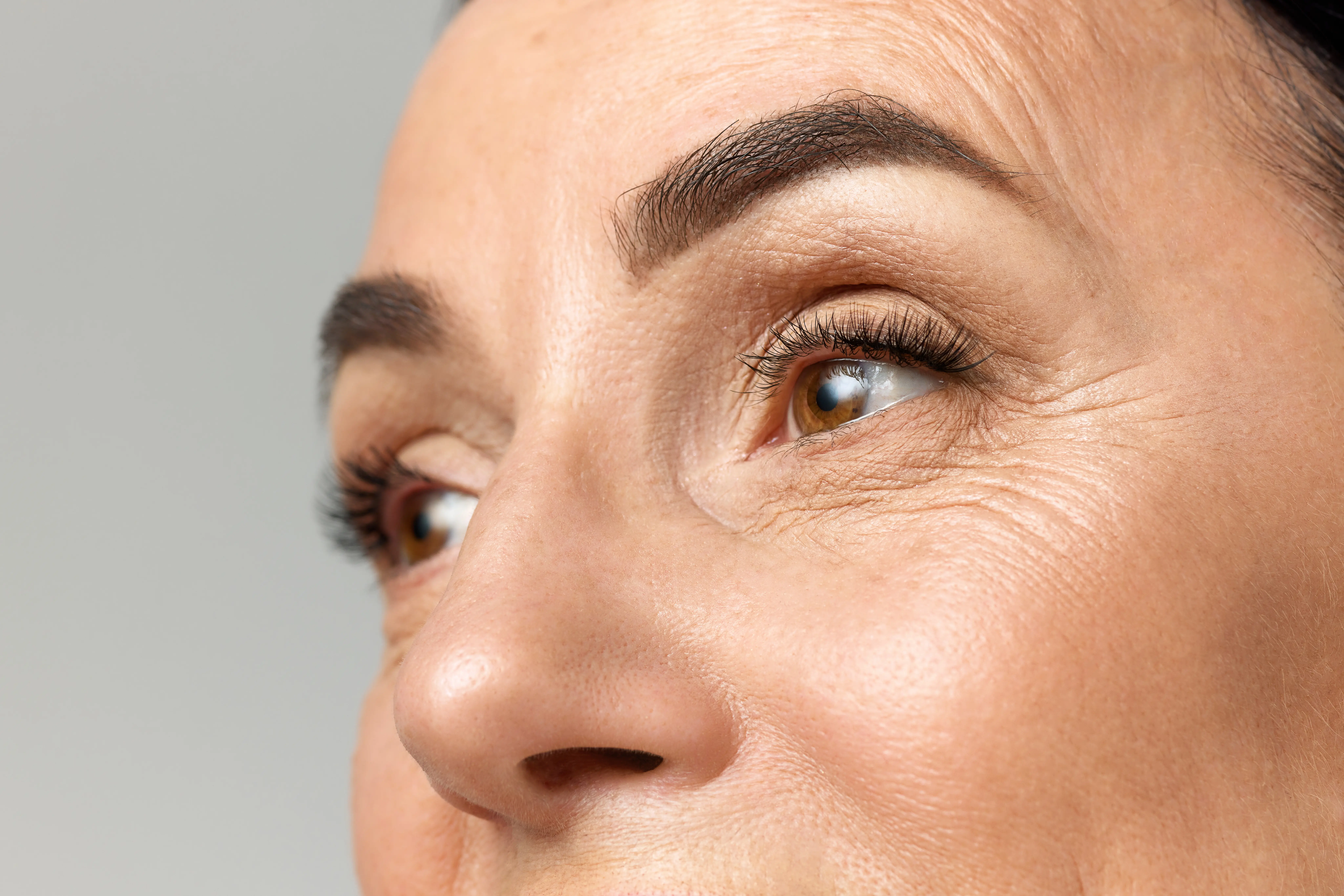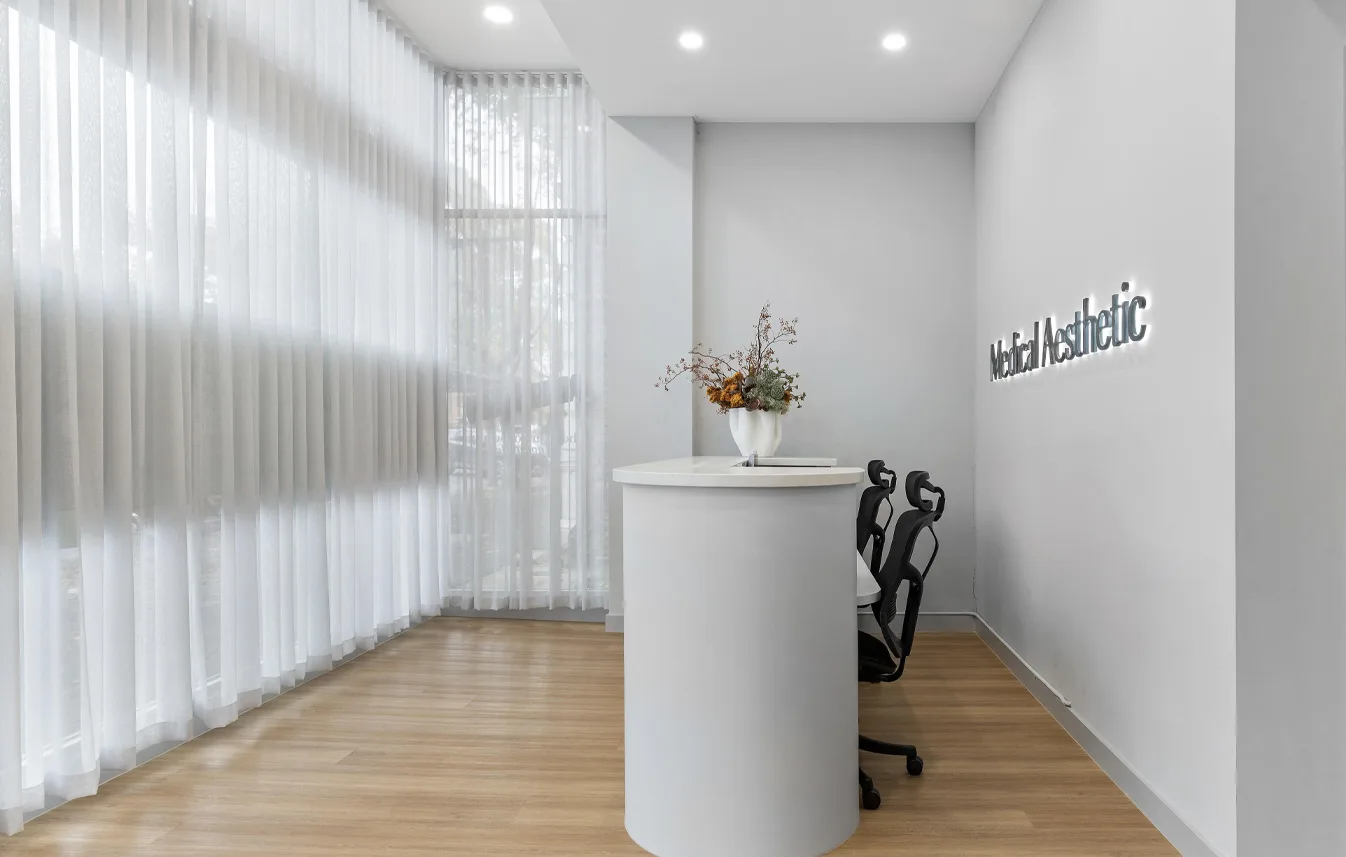
How Laser Hair Removal Can Help Reduce Ingrown Hairs
Ingrown hairs are a common concern, especially in areas where hair is regularly shaved or waxed. They can cause discomfort, redness, and irritation and in some cases, may even lead to infection or scarring. For individuals who experience frequent ingrown hairs, laser hair removal offers a long-term method to reduce their occurrence by targeting hair growth at the source.
In this article, we’ll explain what causes ingrown hairs, how laser treatment can help, and what you should know before starting your laser hair removal journey.
What Are Ingrown Hairs and Why Do They Happen?
Ingrown hairs develop when a hair grows sideways or curls back into the skin instead of rising up from the follicle. This often leads to red, inflamed bumps that can be itchy or painful. They may become infected or leave dark marks, especially for those with deeper skin tones.
Common causes of ingrown hairs include:
- Regular shaving or waxing
- Curly or coarse hair types
- Tight clothing that causes friction
- Poor exfoliation, which can clog follicles
They frequently appear on the beard area, underarms, legs, bikini line, and other areas where hair removal is common.
How Does Laser Hair Removal Work to Reduce Ingrown Hairs?
Laser hair removal uses concentrated light energy to heat and damage the hair follicle, reducing its ability to grow hair over time. As the number of active follicles decreases, the chances of hairs growing incorrectly into the skin also decline.
Unlike shaving or waxing, which remove hair at or near the surface, laser treatment works beneath the skin to address the root of the problem. This makes it a suitable option for people who suffer from regular ingrown hairs, particularly in sensitive or high-friction areas.
Some individuals choose laser hair removal as part of their long-term grooming strategy, as it may help minimise both hair growth and skin irritation.
For more on how the treatment works, visit our page on Laser Hair Removal.
Is Laser Hair Removal Safe for Treating Ingrown Hairs?
When performed by qualified professionals using medical-grade equipment, laser hair removal is generally well-tolerated. At Medical Aesthetic, all treatments are carried out by experienced clinicians in a clinical setting using technology suited to a range of skin types and tones.
Our team follows evidence-based protocols to help support a safe and professional treatment experience. Before treatment begins, we’ll conduct a detailed consultation to assess your skin, hair type, and medical history. This personalised approach helps ensure you receive the most appropriate and effective care.
If you’re preparing for your first session, our pre-treatment laser guide offers helpful tips to get started.
What Happens During a Laser Hair Removal Session?
Laser hair removal sessions are quick and relatively comfortable. Treatment time depends on the size of the area, for example, the upper lip may take less than 10 minutes, while full legs can take up to an hour.
You may feel a light snapping sensation as the laser pulses, but most people tolerate it well. Many modern laser systems include cooling features to reduce skin sensitivity and improve comfort during the procedure.
After the session, you may notice some mild redness or warmth in the treated area, which usually subsides within a few hours. Following aftercare advice is important to support healing and minimise irritation.
How Many Treatments Will I Need to See Results?
Hair grows in cycles, and laser hair removal is only effective during the active growth phase. Because not all hairs are in this phase at the same time, multiple sessions are required for effective, long-lasting results.
Most clients see noticeable improvement after 6 to 8 sessions, spaced 4 to 6 weeks apart. Some individuals may require additional maintenance treatments, depending on the area treated and their unique response.
At your consultation, we’ll create a personalised treatment plan and discuss what outcomes you can realistically expect. Learn more about how we work on our Our Approach page.
Can Laser Hair Removal Permanently Stop Ingrown Hairs?
While laser hair removal doesn’t permanently eliminate every hair, it can lead to a significant long-term reduction in both hair growth and ingrown hairs. By decreasing the number of active follicles, there’s less chance of hair growing incorrectly beneath the skin.
Many clients find that as the hair becomes finer and sparser, they no longer experience the irritation or bumps that once followed their usual hair removal routines. However, results can vary based on skin tone, hormones, and hair type.
Who Is Suitable for Laser Hair Removal?
Laser hair removal can be suitable for many people, regardless of skin tone or hair texture. While it’s traditionally been most effective on those with light skin and dark hair, modern laser technology now allows for safer and more effective treatment across a wider range of skin types.
At Medical Aesthetic, we use a selection of devices to match your skin and hair characteristics. During your consultation, we’ll let you know if the treatment is right for you and answer any questions you may have.
If you’re deciding between methods, you may find our blog on Laser vs Waxing: Which Is Better for Long-Term Results? helpful.
Book a Consultation to Discuss Your Skin Goals
If ingrown hairs are affecting your comfort or confidence, laser hair removal may offer a safe and effective way to address the issue. At Medical Aesthetic, we take a personalised, medically supervised approach to every treatment plan, always focusing on client wellbeing and realistic outcomes.
To find out if you’re a suitable candidate, book a consultation with our team today. We’re here to help you feel more confident and comfortable in your skin.
Disclaimer: This information is general in nature and does not constitute medical advice. Individual results may vary. Please consult a qualified healthcare provider to determine if this treatment is suitable for you.




